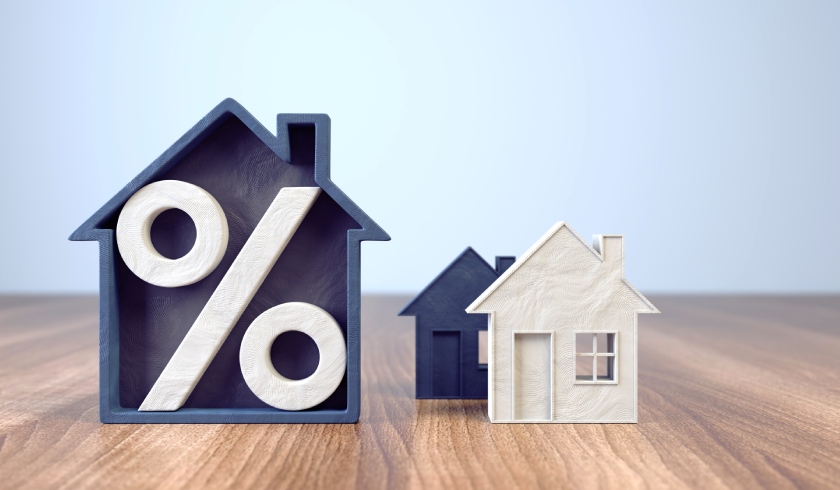5 ways to get ready for a rate hike
Speculations of interest rate hike continue to be a hot topic among economists, but borrowers would be wise to be “rate rise ready” instead of shifting to panic mode.

Interest rates may have been borrower-friendly in the past years, but ME Bank general manager John Powell has raised a fair warning that “things can easily go up as they can go down”.
According to ME chief economist Peter Munckton, financial markets are already anticipating the first RBA cash rate hike to take effect by mid-2022, with a full percentage point of rate increases by the beginning of 2023.
“The current consensus of economists − and my view − is that the first rate rise will occur sometime between the fourth quarter of this year and mid next year, and possibly earlier. This depends upon domestic inflation and wages outcomes, as well as what happens to global interest rates, particularly in the US,” said Mr Munckton.
Hypothetically, a 1 per cent increase in the cash rate, if passed on to borrowers, would raise the average variable rate owner-occupier mortgage to almost 4 per cent, adding around $270 per month to a $500,000 loan.
While banks do use “stress tests” when evaluating loan applications − by looking at rates that are higher than the quoted rates to see if consumers “can comfortably repay in higher rate environments”, Mr Powell did point out that “responsible borrowing is as important as responsible lending”.
And with the likelihood that rates will increase, borrowers would be well-versed to prepare for increased expenses over the coming months and years.
Here are five ways to get ready for a rate hike:
1. Keep in mind that repayments may increase or decrease
Consider how a rate increase will affect your financial goals and other lifestyle decisions, such as renovations and vacations. You can use online calculators to crunch the numbers and easily plan for different scenarios.
2. Make sure your house loan is affordable
Getting stuck with a home loan rate that isn’t competitive is like watching your money go down the drain. You’ll be even worse off if rates rise further. Do take the time to compare rates because, despite the fact that some fixed rates have already risen, several banks are still lowering variable rates.
3. Consider shifting to a fixed rate loan
After doing due diligence and weighing in on different scenarios should rates increase, consider locking in a fixed rate loan, especially if even a moderate hike will put a dent in your budget.
Some banks still offer fixed rates at historically low levels. These are two features to look for in a fixed loan:
- a fixed loan with extra repayment options so you can pay off your debt faster, and
- a “rate lock”, which allows borrowers to lock in a low rate during the application or settlement period, ensuring that you don’t miss out on it.
Just be aware that when you opt for a fixed loan in a high-rate environment, there’s a greater chance for a rate hike at the conclusion of the fixed loan term.
4. Aim to increase your extra repayments whenever possible
Having a smaller loan balance is the best action against increasing rates. Take advantage of the low-interest rates by making extra repayments or advancing a lump sum. Doing so can help pay off the loan faster and reduce the impact of future rate hikes.
In addition, ME experts said “loans with offset or redraw features” also give you the assurance that you’ll be able to get that extra cash if you need it.
5. Reduce your other debts
Paying off interest for personal loans and credit cards could bury you in a mountain of debt when interest rates rise. Avoid this sticky situation by regularly paying off your credit card bill and shopping around for low-rate cards, preferably without annual fees.

